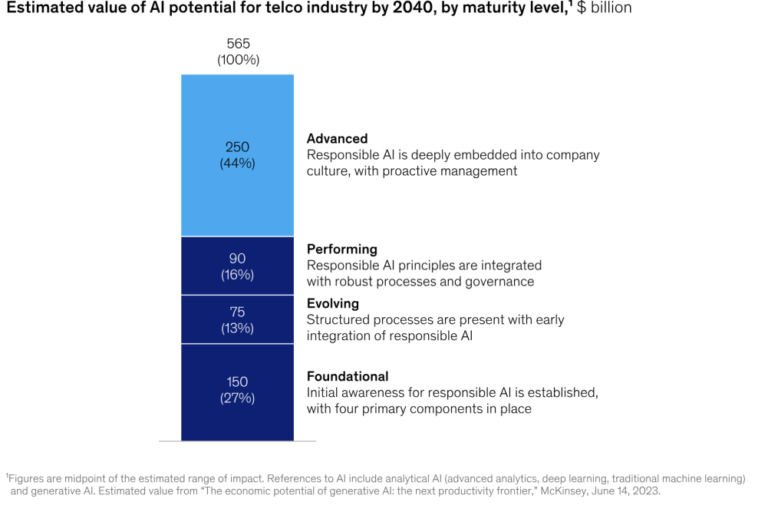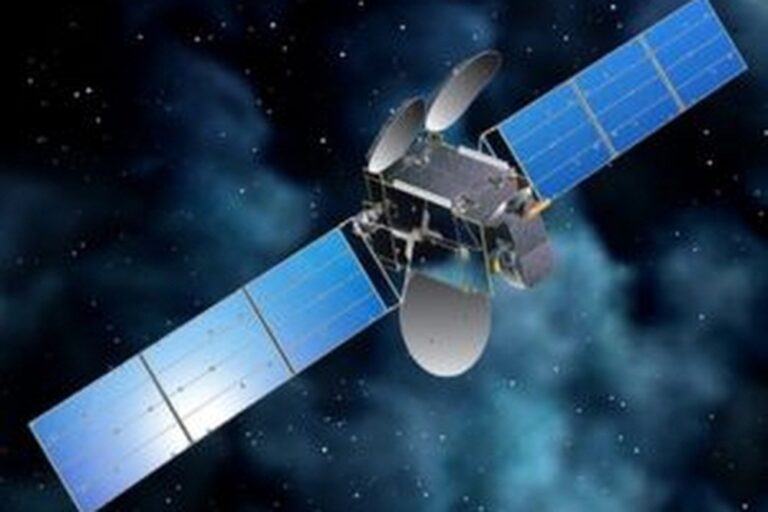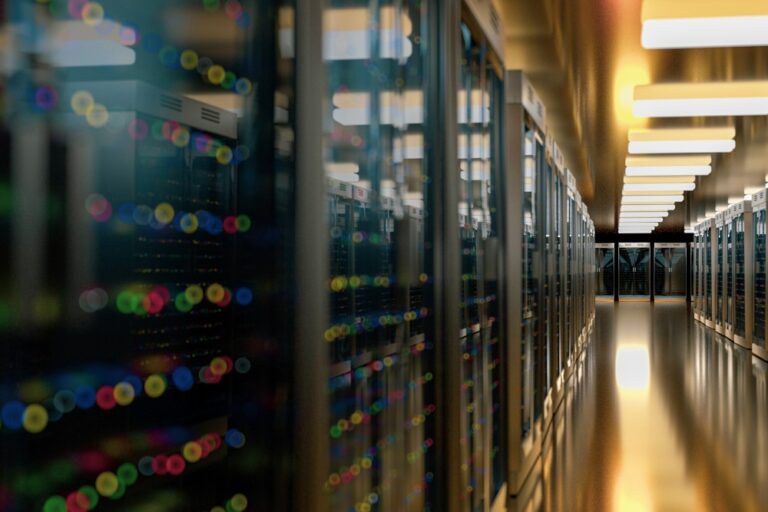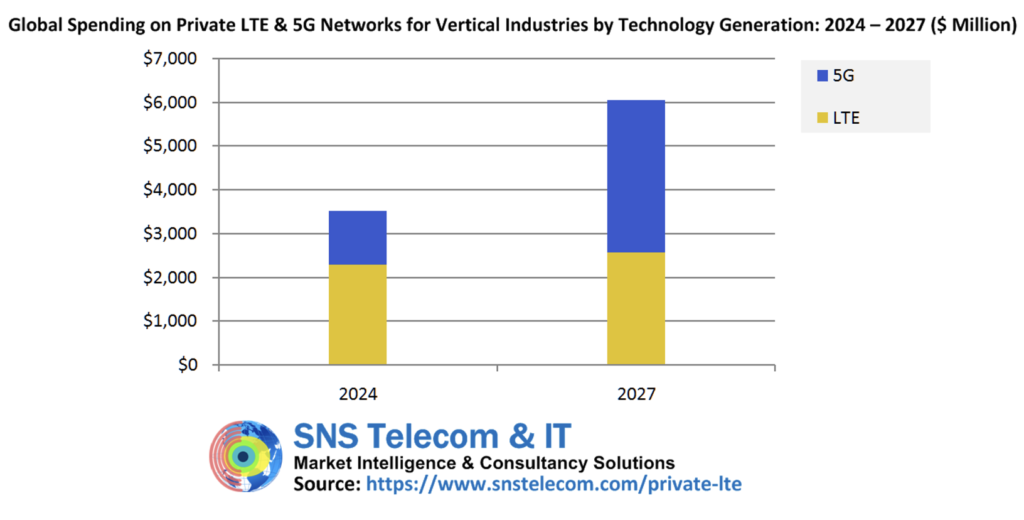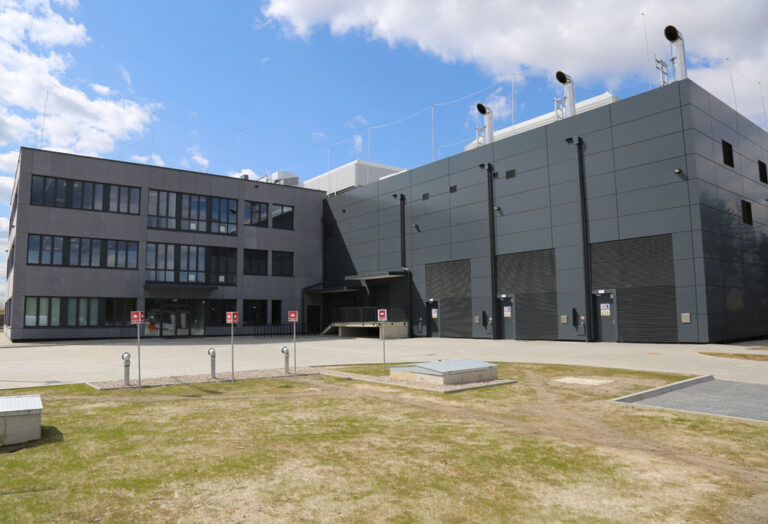Partner content: The political and economic stakes of elections make them a particular target for interference using AI-powered manipulation
The core value proposition of AI is the potential to help people make better use of data, including from information that is far too large for humans to parse, generating insights from it much faster than would otherwise be possible. The power of those capabilities inevitably brings the potential for undesirable outcomes, as well. Bad actors may use AI deceptively, to manipulate how information creates public opinion and guides behavior.
The political and economic stakes of elections make them a particular target for interference using AI-powered manipulation. In the US, for example, a threat assessment by the Office of the Director of National Intelligence (ODNI) finds that state actors continue to exert malign influence over US elections. The rapid development of generative AI since the 2022 midterm election creates the potential for these activities to be more sophisticated and damaging in 2024.
China reportedly used TikTok accounts to target candidates with propaganda in 2022, and the report suggests that covert activity may persist and intensify in 2024. Russia has covertly influenced US elections for decades, and the wish to disrupt Western support for the war in Ukraine may escalate those efforts. Iran and others have also conducted influence operations in past US elections and may do so again, with refined techniques that could potentially be augmented using AI.
Key aspects of AI election influence
The influence that AI can exert on elections ranges from legitimate or even inadvertent effects to nefarious misinformation programs. For example, by establishing profiles for targeted voters, political campaigns can identify what those individuals care most about, to personalize targeted advertising messages about their candidate. AI clearly extends the value of this apparently innocuous use case, while its potential for criminality is attested to by the Cambridge Analytica data scandal during the 2016 election.
Many users increasingly use generative AI tools such as ChatGPT as research engines to gather information, which carries its own potential for misinforming them. For example, AI models based on static sets of outdated information are unable to generate fresh insights, and they may misrepresent candidates’ actions and platform positions. The specific data these models draw on (and what they leave out) are critical to accuracy, and people can be misinformed simply through this technology limitation.
Intentional misinformation is likewise a concern, adding new dimensions to the long history of smear campaigns. For example, AI deepfake images, audio, or video could falsely claim to depict a candidate or their allies, to demean them, create doubt among their followers, or reduce voter turnout. Automated bots can identify opportunities in social media and other internet content to amplify certain messages and counter others with comments or other content.
The complexity of interpreting these actions includes the fact that even where they are objectionable, they may not actually break the law. In many cases, investigators may be limited in response to such measures as imploring social media companies to suspend or discontinue offending accounts. Many will refuse to do so, whether to protect free speech, maintain subscriber goodwill, or advance their own political interests. The result can be illicit influence over elections, damaged reputations, and potential violence.
Measures to protect election integrity
AI involvement in election interference is largely a matter of scale, emulating what human operators might do but at much greater volume. This is particularly the case with propaganda operations by state actors, which tend to be extensive in scope. This outsized influence makes it desirable for law enforcement to develop strategies and techniques to detect and assess AI-based election interference.
Research is helping shed light on AI-generated misinformation, revealing ways to detect it. One such method is to find instances where generative AI error messages such as “I’m sorry, I cannot generate …” are published along with the main content. With the caveat that this approach might reveal only a small proportion of AI-generated posts and be overcome by sophisticated actors, it can sometimes reveal automated misinformation campaigns, providing a point of entry for investigating them.
The SS8 platform helps identify the clues that suggest illicit AI involvement, based on monitoring traffic to identify content of interest, those responsible, and patterns and connections to other content and people. Drawing on digital context such as open source and location intelligence, SS8 software can help law enforcement and intelligence agencies discern election interference and respond appropriately.
Acceleration of AI development into the frontiers of possibility is inevitable (and even desirable); an important caveat to the effort to control it is that regulation must not dilute US leadership. Long-term strategic interests require the economic and technological benefits that AI increasingly delivers, while at the same time protecting society from its potential ill effects. SS8 contributes to that balance by helping authorities understand how and where AI is being used, to help gauge and guide its impact.
About the author
Kevin McTiernan has over 20 years of extensive experience in the telecommunications and network security industries. At SS8, Kevin is the VP of Government Solutions and is responsible for leading the vision, design, and delivery of SS8’s government solutions, including the Xcipio® compliance portfolio. You can learn more about Kevin on his LinkedIn profile by clicking here.

About SS8 Networks
As a leader in Lawful and Location Intelligence, SS8 helps make societies safer. Our commitment is to extract, analyze, and visualize the critical intelligence that gives law enforcement, intelligence agencies, and emergency services the real-time insights that help save lives. Our high performance, flexible, and future-proof solutions also enable mobile network operators to achieve regulatory compliance with minimum disruption, time, and cost. SS8 is trusted by the largest government agencies, communications providers, and systems integrators globally.
Intellego® XT monitoring and data analytics portfolio is optimized for Law Enforcement Agencies to capture, analyze, and visualize complex data sets for real-time investigative intelligence.
LocationWise delivers the highest audited network location accuracy worldwide, providing active and passive location intelligence for emergency services, law enforcement, and mobile network operators.
Xcipio® mediation platform meets the demands of lawful intercept in any network type and provides the ability to transcode (convert) between lawful intercept handover versions and standard families.
To learn more, contact us at info@ss8.com.



